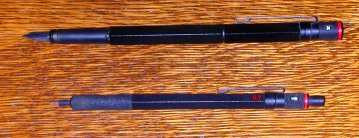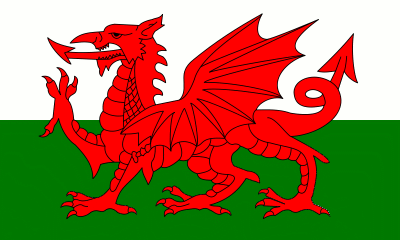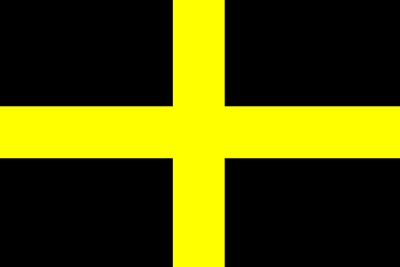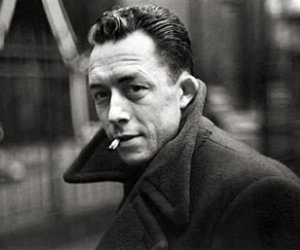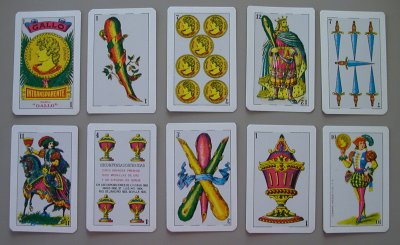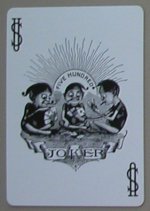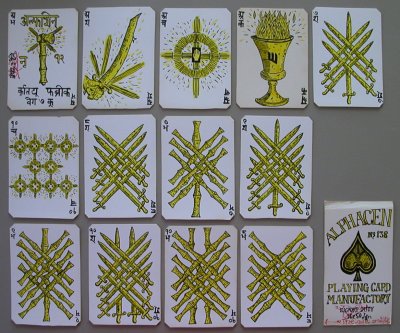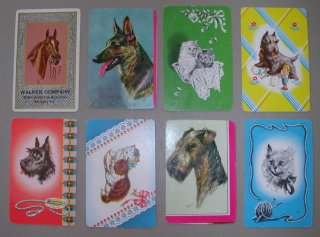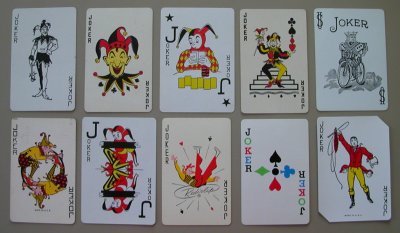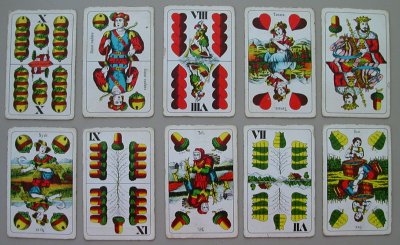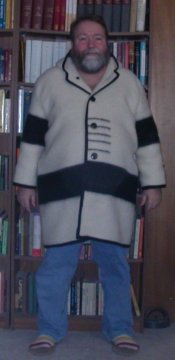
The new wool coat, custom made from a Witney point blanket, is here! Mr. FedEx Man pulled up yesterday morning and delivered a box, and I've been on cloud nine ever since. The latest of my imaginative ventures has come to fruition. With a lot of help from my Mom and her sewing skills.
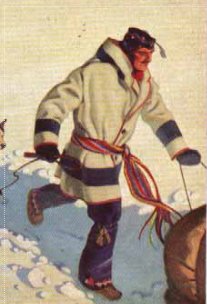
This all got started a few months ago when I latched onto Harold Tichenor's wonderful book,
The Blanket: An Illustrated History of the Hudson's Bay Point Blanket. Therein I learned that one of the chief uses of point blankets back in the old days was to make heavy wool coats, or capotes, such as were often worn by Indians, French voyageurs, mountain men, and whatnot.
Tichenor's book is full of old photos and paintings of people wearing capotes. Googling around online, I found more pictures. The mania began to seize me. The mania of having a capote of my own. Of all the pictures I ran across, the one that came closest to what I was envisioning was a picture (above) from the cover of the December 1930 issue of
The Beaver, the official journal of the Hudson's Bay Company.
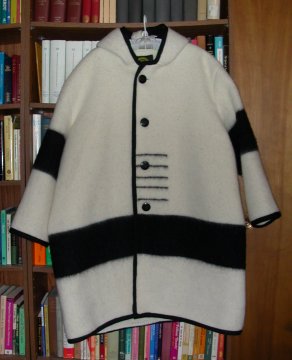
So I hunted around online some more, and located
Northwest Traders, which specializes in supplying blankets and capote patterns to historical reeanactors. I ordered a Witney point blanket and a couple of capote patterns from them. If you're thinking of making a capote, I can heartily recommend Northwest Traders— they really do go the extra mile in customer service.
Anyhow, I now had a
5 point Witney point blanket, white with black stripe. The number of points indicates the size of the blanket: if, as is most likely the case, you're not as big around as I am, you could do with a
4 point blanket. Maybe I could've, too, though when I got to work on it, I was glad I had a
5 point blanket, big as I am.
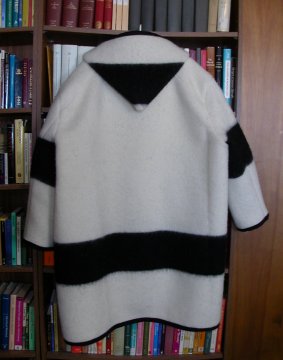
The wool point blankets that historically have been used in making capotes are all manufactured at woolen mills over in England. That includes
Hudson's Bay Company point blankets, one of which I've had on my bed for many years now. That includes
Witney point blankets, manufactured at Witney, Oxfordshire. Originally the woolen mills in Witney supplied the Hudson's Bay Company. Later they became competitors.
As far as I can figure, the only difference in a Witney point blanket is the label it carries, plus the fact that it costs only about half as much as a Hudson's Bay Company blanket.
Early's of Witney began in 1669, and continued in business for more than three centuries to become "the second oldest British company still trading," before it closed its doors in 2002.
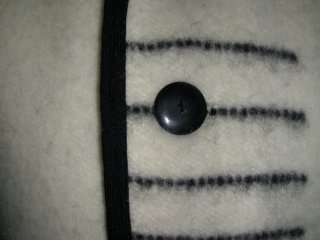
I also obtained from other suppliers some horn buttons and some llama braid. I used
1 1/8" horn buttons on the coat (actually more like
1 3/16"), anchored in back with smaller
9/16" horn buttons. The llama braid is an edging which was sometimes used on capotes, braided not woven. The Hudson's Bay Company used to keep some llamas in Nova Scotia. Today llama braid is more economically made of wool. From old texts and pictures it appears that red llama braid was often used on capotes. I decided on black llama braid instead.
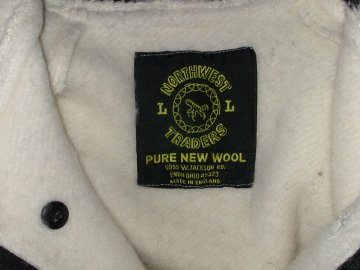
I mixed and matched two capote patterns in an attempt to approximate that picture on the cover of the magazine. When I was over visiting my folks at Christmas time, we laid the blanket out on the kitchen floor, and after much measuring and remeasuring, I cut the pieces of the coat out of the blanket— a rather nerve wracking venture, as a wool blanket like this one is not cheap! My Mom's advice on the patterns and the cutting was invaluable. And after I headed back over to Iowa, she continued to work on the coat, sewing it together, sewing on the edging, and all.
The Witney point blanket came to me with two labels in the corner. The Northwest Traders label, above, I had removed and sewn inside the coat, below the collar, where coat labels usually go.
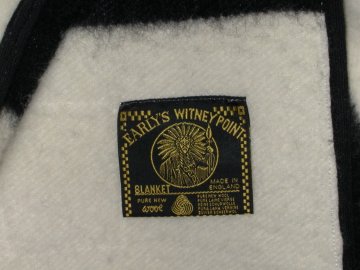
As for the politically incorrect Early's of Witney label, I left that where it was— in the finished coat, inside the front coat flap toward the bottom.
Old pictures indicate that there was a
lot of individual variety in the style of capotes, as is to be expected in garments which, like mine, were often hand made from a point blanket. I made various minor alterations in the two patterns I mixed together. I had the hood shortened so it wouldn't be quite so long and pointed. Old capotes also often were fastened with a wool belt cut from blanket fabric, rather like a bathrobe: here I decided to go with buttons, as in the picture I was following. And I decided to skip the fringes and other decorations which one does sometimes see in old photos, though I think much more often on modern-day capotes than on ones from times of yore.

So ends another brainstorm. I get cool ideas like this all the time, but most often they don't come to fruition. This time the capote, Witney point blanket coat, wool winter coat, has materialized on this terrestrial plane, due to a lot of planning and perseverance and in particular a lot of hard work by my Mom, without whom it just wouldn't have happened. I can testify, the coat is comfortable, and warm— extremely warm, we're talking wool fabric a quarter inch thick, it'll do me in subzero weather— and historical, and unique.
Labels: best_of, wool















